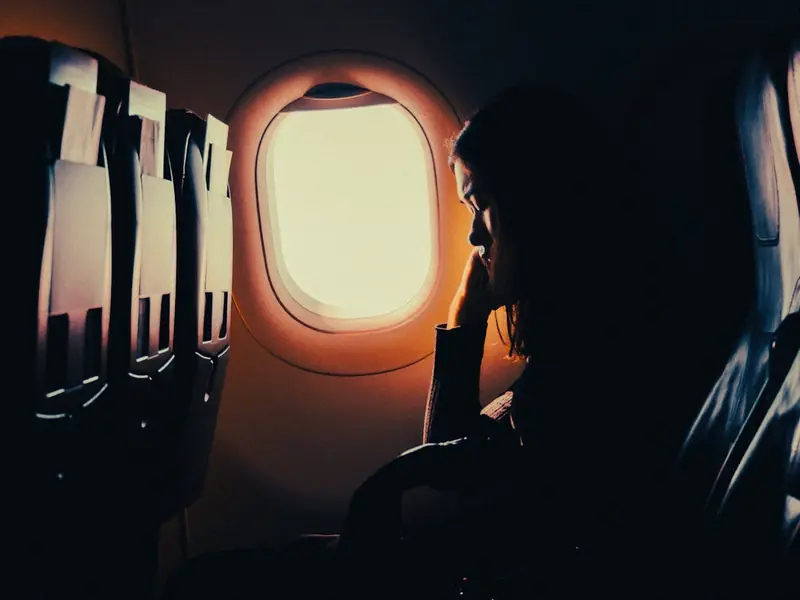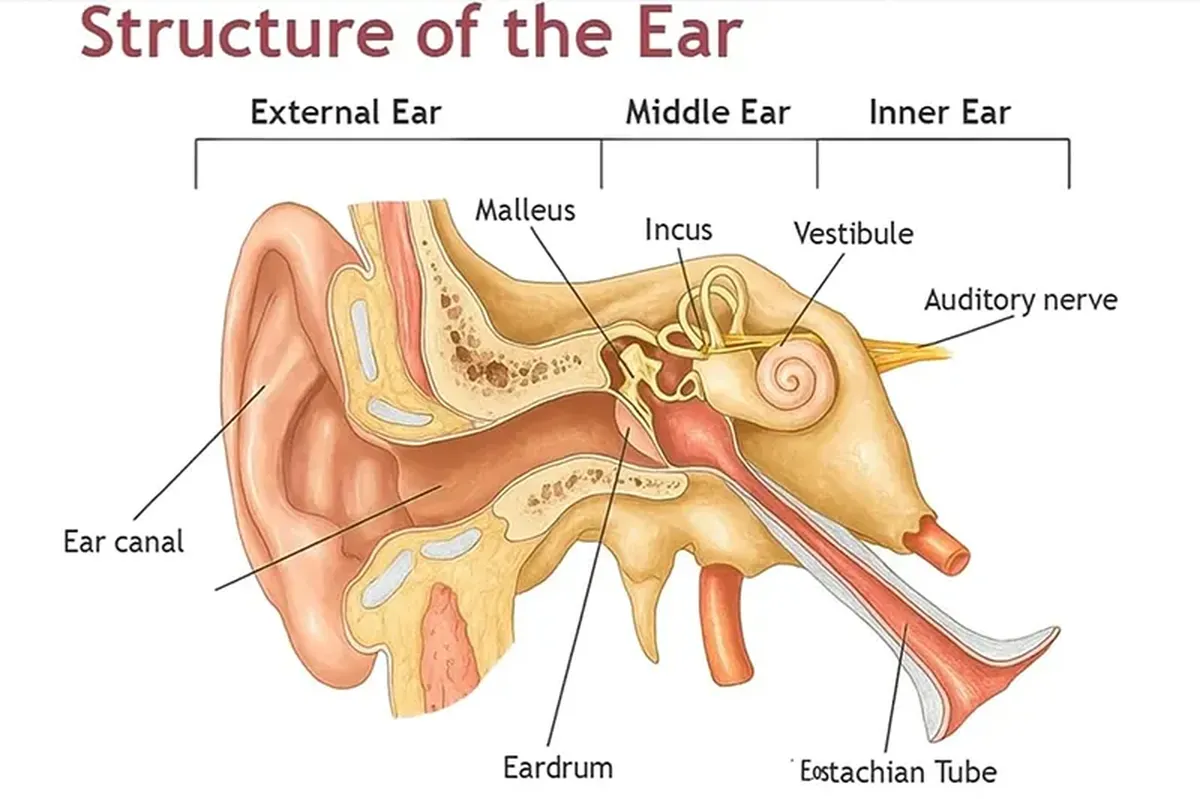
Chewing gum, sucking on a mint candy, and a few exaggerated yawns—this set of tried-and-true tricks for relieving ear pressure is familiar to anyone who has ever traveled by plane.
Travelers often resort to these methods to shake off the strange sensation that arises with changes in altitude. The good news is that ear pressure is a normal protective function of the body.
“This is how the body naturally equalizes pressure,” says Professor Patricia Gaffney, president of the American Academy of Audiology. (Audiology is the branch of medicine that studies disorders of the auditory system.) The doctor explained in detail what happens in our ears during a flight.
What Did the Expert Say?
Our ear consists of three parts: the outer ear, the middle ear, and the inner ear. The outer ear includes the visible earlobe and the ear canal. The eardrum separates the outer ear from the air-filled middle ear, which contains three tiny bones and the Eustachian tube (a narrow passage that connects the middle ear to the throat). The inner ear houses the cochlea, the organ of hearing, and the vestibular system, which is responsible for balance.
The sensation of ear fullness comes from the Eustachian tube, according to Popular Science.
“The Eustachian tube’s job is to maintain equal pressure from the outer ear to the middle ear,” Professor Gaffney noted. She explained that balancing air pressure between the middle ear and the external environment is crucial for the proper functioning of the auditory system. When the pressure in the middle ear is lower than the pressure of the outside air, a phenomenon known as negative pressure can occur, pulling the eardrum inward. This reduces its ability to vibrate, muffling hearing until the pressure is equalized.
In our everyday lives, when we swallow, yawn, or talk, the Eustachian tube opens briefly, helping to compensate for minor changes in air pressure. However, a sudden change in altitude during a flight, scuba diving, or climbing a mountain presents a different scenario, where external air pressure changes faster than the pressure inside the middle ear. The Eustachian tube responds by forcibly opening to equalize this pressure, creating the familiar popping sound.

How to Deal with Ear Pressure?
The previously mentioned tried-and-true methods for combating this uncomfortable sensation include using a lollipop or chewing gum.
For little ones on a plane, sucking on a pacifier can help relieve ear pressure—especially during takeoff and landing. Adults can try to open the Eustachian tube themselves using the Valsalva maneuver. To do this, take a deep breath, close your mouth, pinch your nose, and then exhale forcefully (or blow your nose).
It’s also a good idea to bring along special earplugs that help equalize pressure.
When the pressure is too great, managing the imbalance becomes more challenging. The lower part of the Eustachian tube, where it usually closes, can become inflamed, especially during a cold or upper respiratory infection. Inflammation makes it difficult for the tube to open and close. As a result, patients often complain of ear fullness or the absence of the characteristic popping sound.
In severe cases, when the pressure difference becomes too great and the tube cannot open properly, it can even lead to a ruptured eardrum, the expert warned. However, she stated, “this happens very rarely and is usually associated with a cold or upper respiratory infection.” Patients with chronic conditions are often prescribed specific treatments, including nasal sprays to reduce inflammation.

